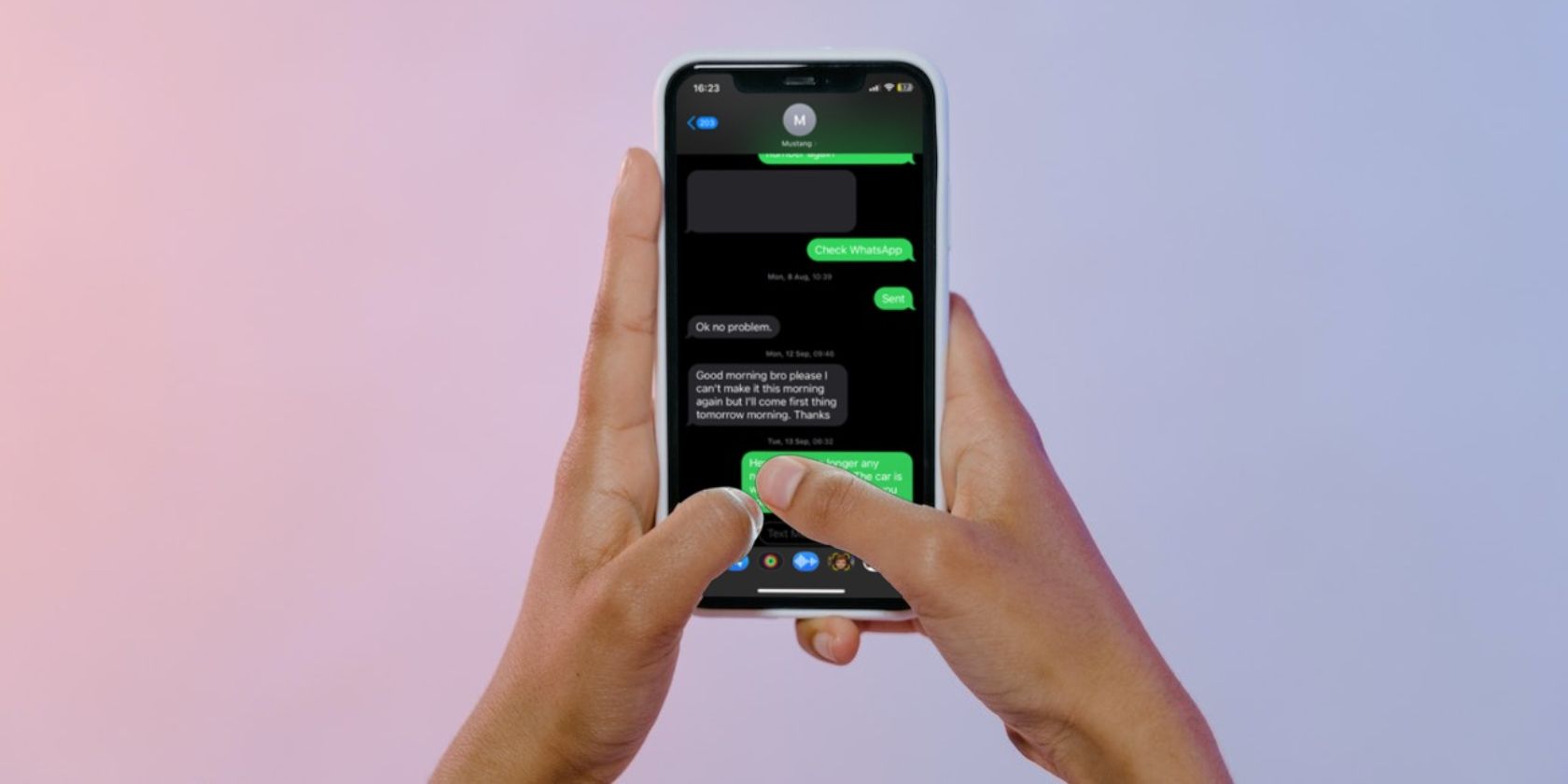SMS (Short Message Service), once a big part of telecommunication, has become nearly obsolete thanks to the internet and various instant messaging services available today.
The iPhone adds to the confusion with its Messages app, which integrates Apple's iMessage service and SMS texting. With these two integrated, it's especially hard to tell them apart, and it now begs the question: what exactly is SMS messaging on the iPhone?
Here, we'll discuss what it is and how it differs from iMessage texts.
SMS Messages Are the Green Texts on an iPhone
While it may not be obvious on an iPhone, mobile carriers offer SMS (Short Message Service) if you want to use it.
Whenever you send a message to your contact who uses an Apple device, like an iPhone, iPad, or Mac, it appears in a blue bubble to indicate that it was sent via iMessage.
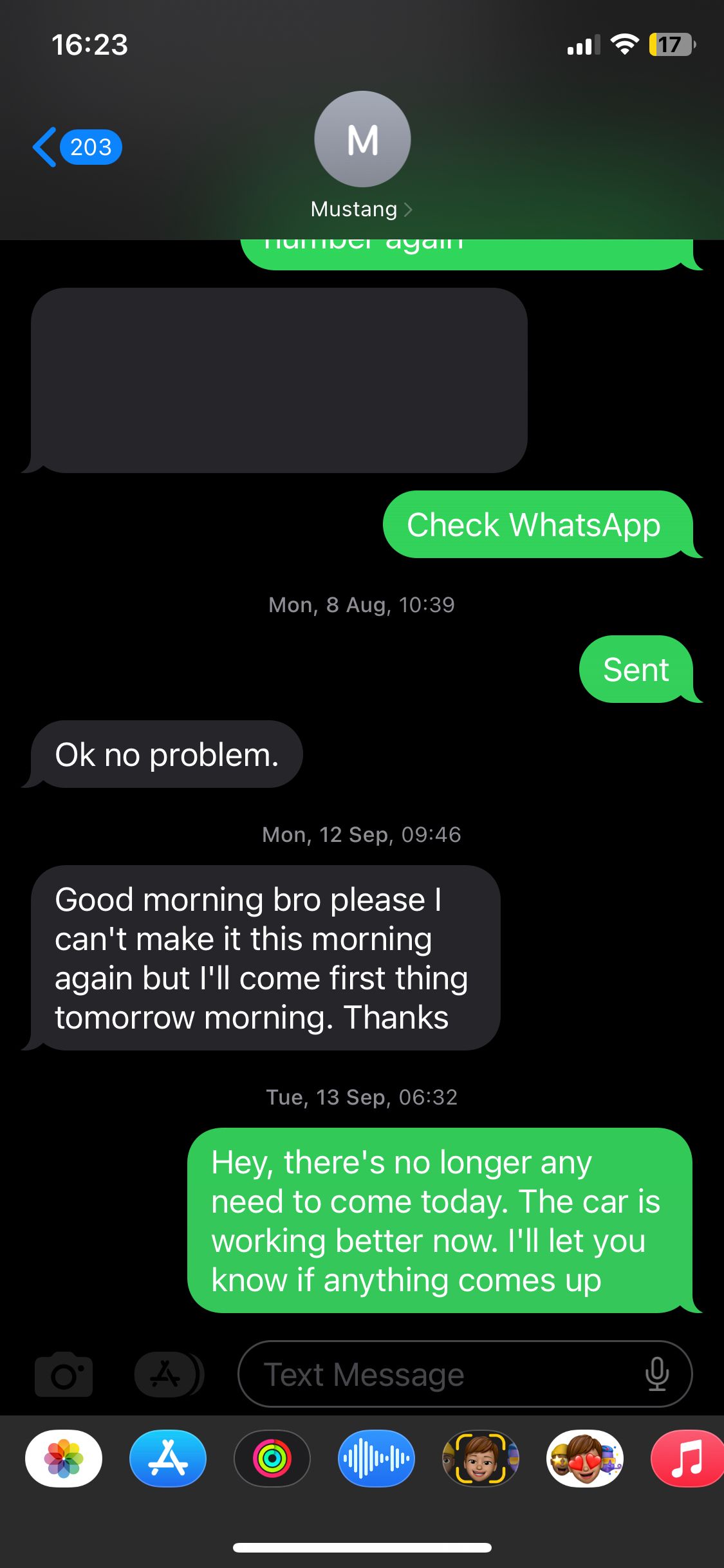
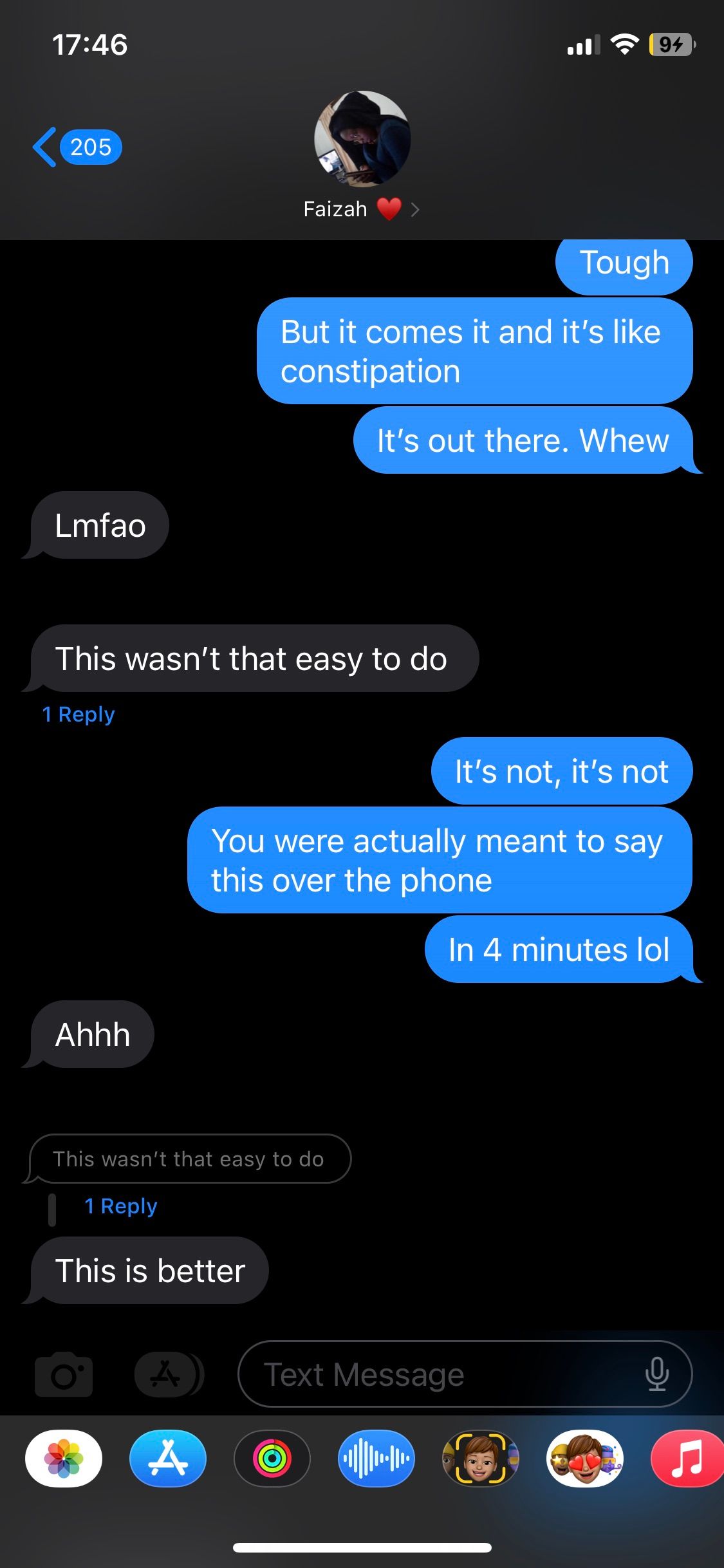
However, when you send messages to a non-Apple device, including Android users, it appears in green. Green text messages are SMS texts; your carrier may charge you for every message with 160 characters (or less).
SMS messages do not use the internet; your messages will be delivered as long as the recipient has a cellular network on their phone. If they're unavailable, your carrier will "store" the text and send it once the recipient is connected to a cellular network.
How to Enable SMS Messages on Your iPhone
SMS messages, by default, are already enabled on your iPhone. As long as you have a functioning SIM card, you can send SMS texts to anyone, even if the recipient doesn't have iMessage enabled on their device.
On the other hand, you might be trying to reach an iMessage user who is currently offline. In that case, you can send the message as a text message, but you must first ensure you enable that setting in your phone settings.
Here's how to enable SMS messages:
- Open Settings on your iPhone, then scroll down and tap on Messages.
- Scroll down the menu and toggle on Send as SMS.
- Now, when you long press a blue bubble iMessage, you'll find the option to resend it as a text message.
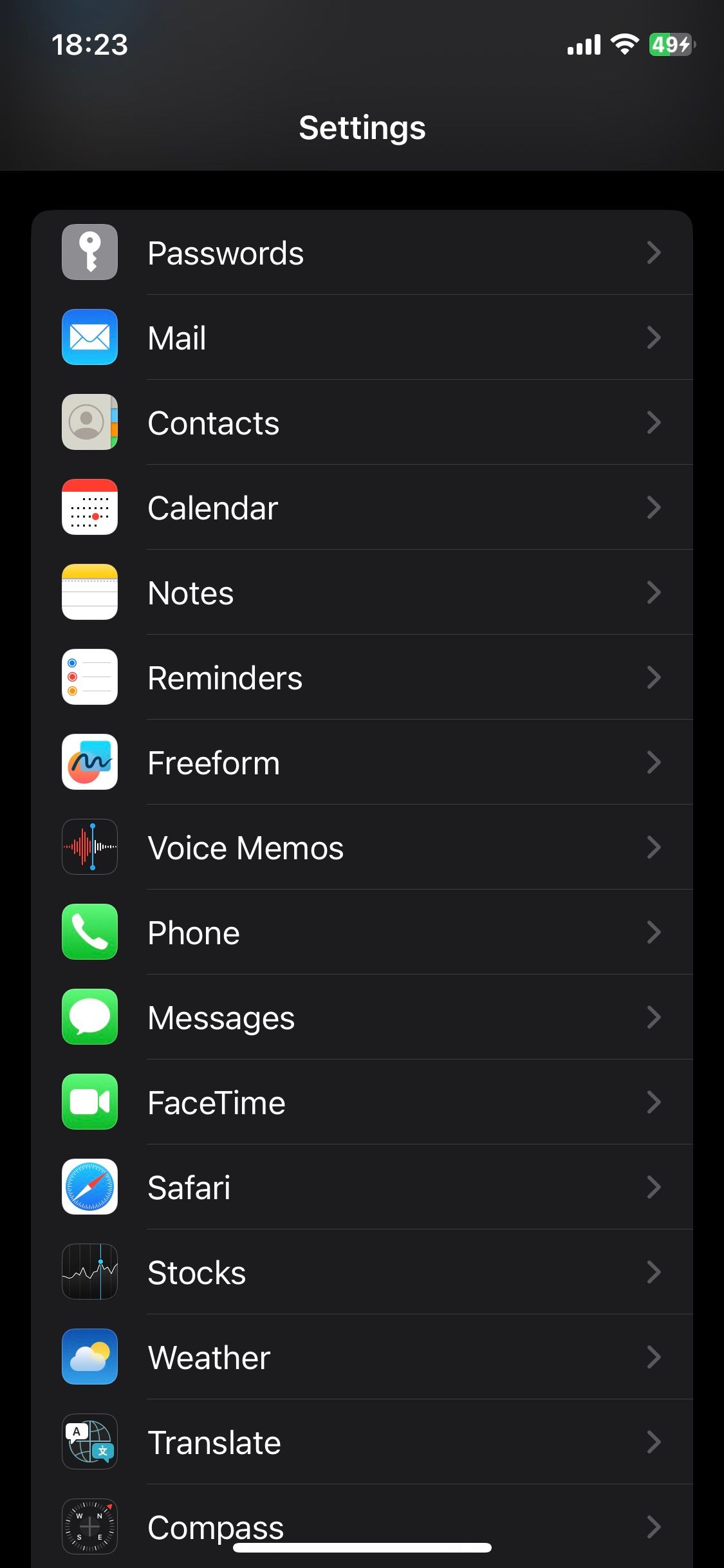
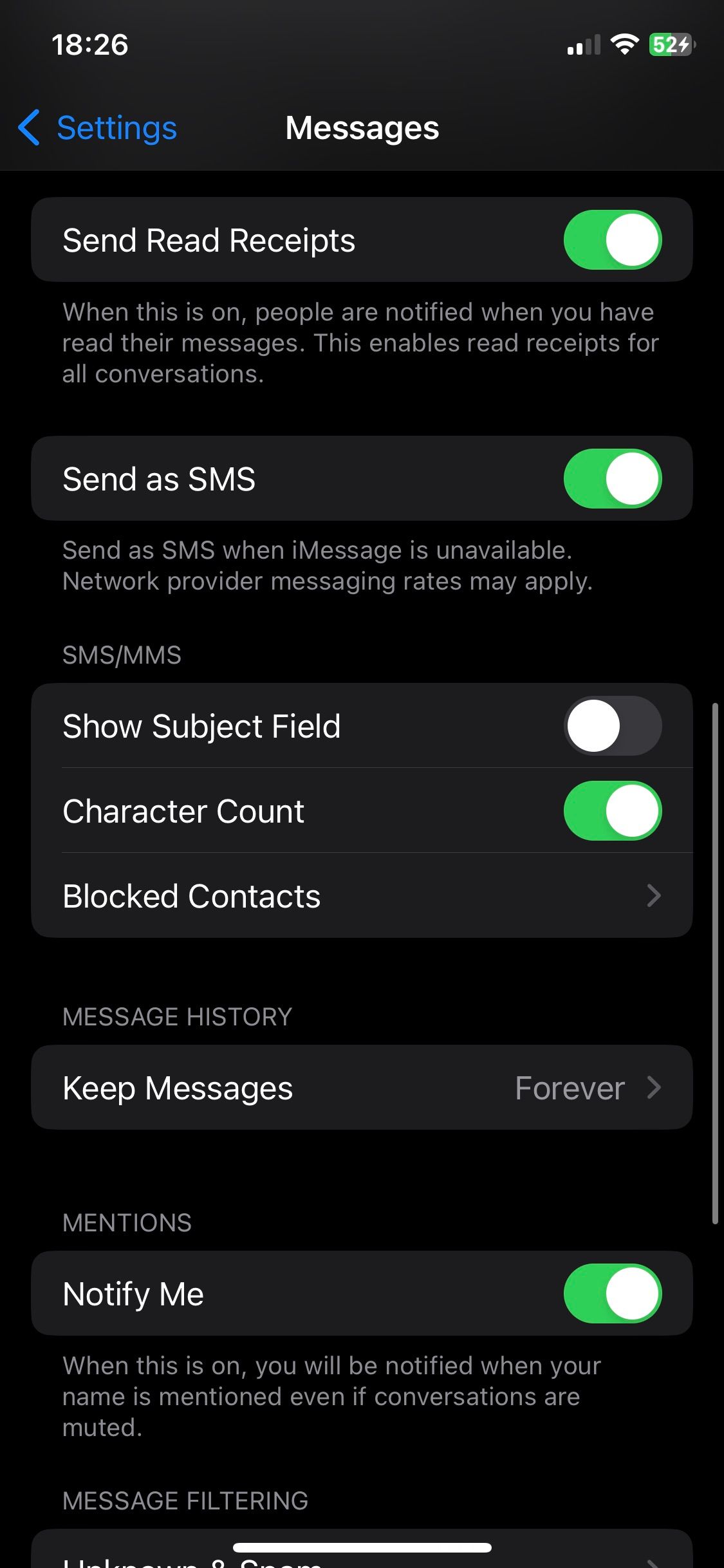
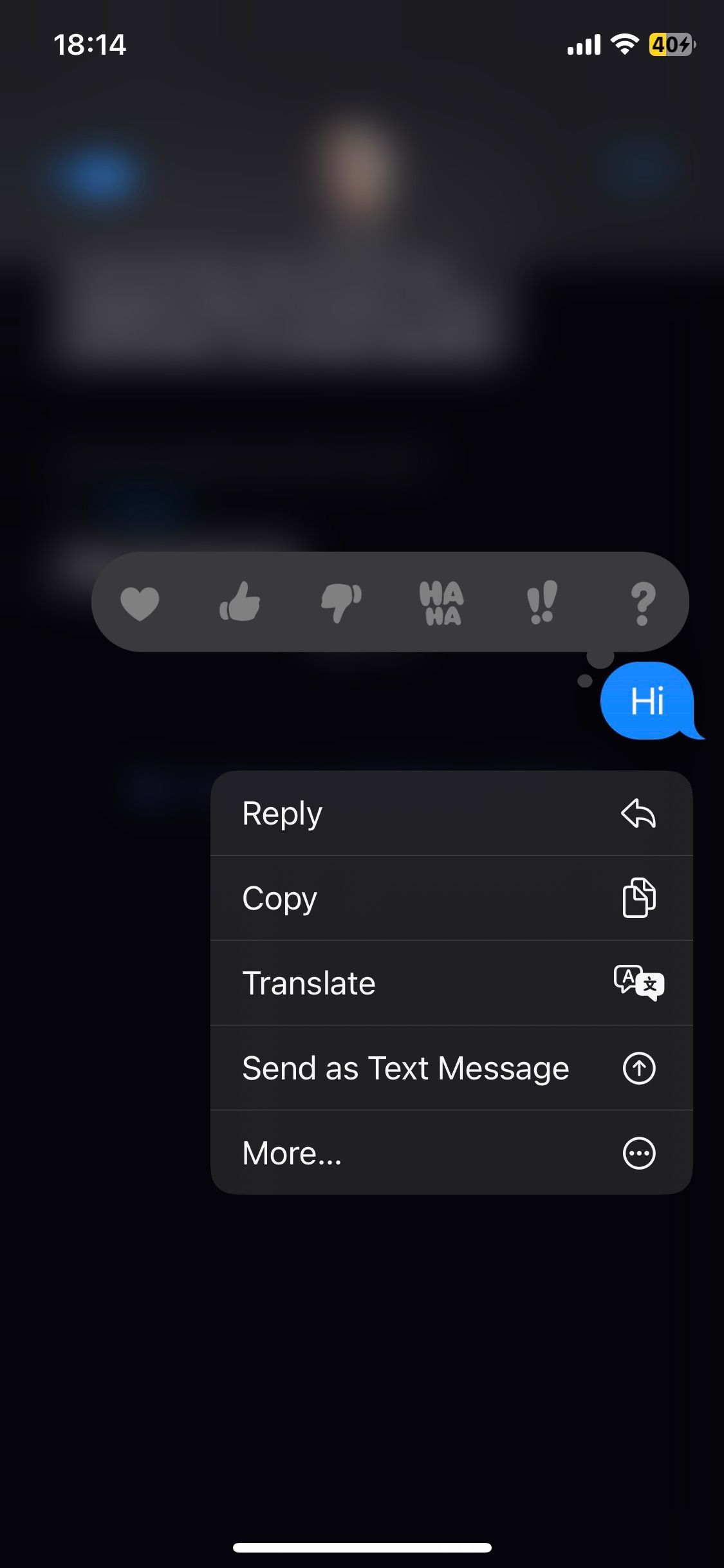
While it's unadvisable, you could choose to always use SMS by heading over to Settings > Messages and toggling off iMessage. When people text you now, they will no longer be able to reach you through iMessage, and the SMS text messages might make them suspect you blocked them.
How Does SMS Messaging Differ From iMessage?
There are many differences between iMessage and SMS messages; the biggest one is that text messages are more expensive. Depending on your mobile plan, you may have to pay your carrier directly for each 160-character message (or less).
Apple's iMessage service supports all kinds of media, whereas SMS doesn't, and you can't send iMessage texts unless you're connected to the internet. Check out our guide that details the differences between iMessage and SMS to learn more.
Use iMessage When You Can
SMS is fast and reliable, but SMS is also expensive and limited. You should opt to use iMessage when possible because it works online and is more robust with end-to-end encryption.
Granted, there are certain times you will need SMS, like when you can't connect to the internet. But even then, you should probably wait till you get an internet connection unless it's an emergency.
Both have their pros and cons, but they can be used in tandem to cover for each other; there's no need to limit yourself to only one.

